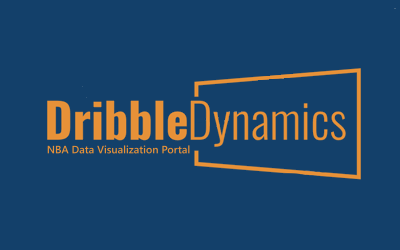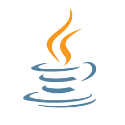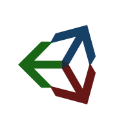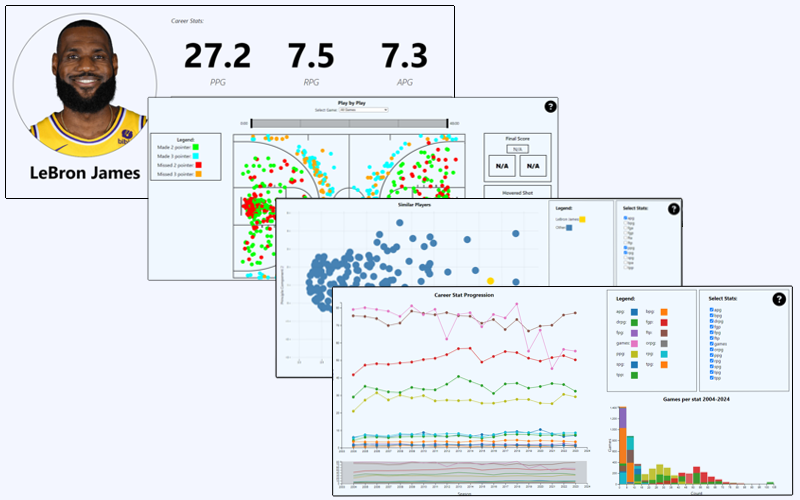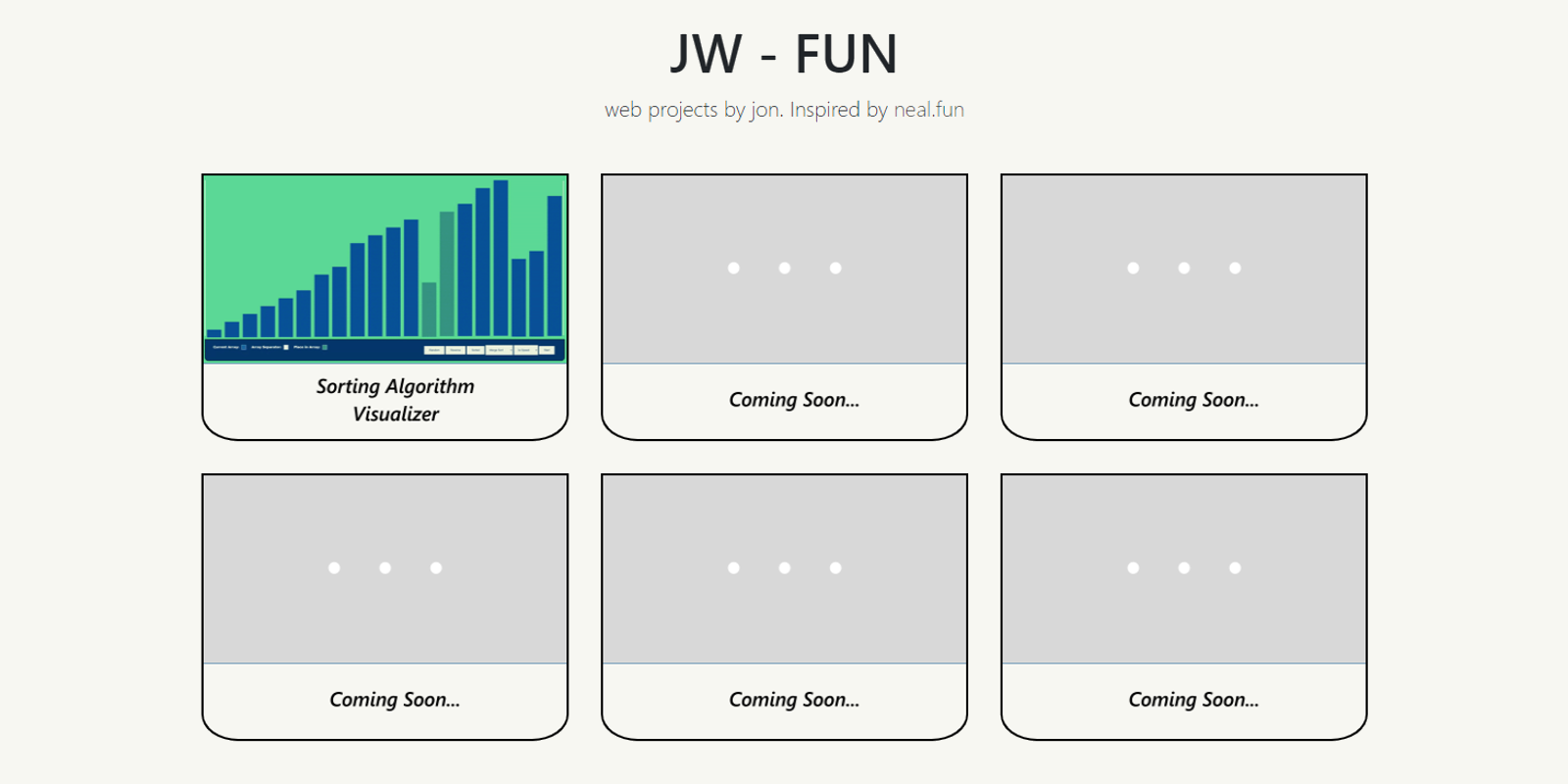
This is me!
Growing up, I was infatuated with video games and that infatuation inspired me to begin my programming journey. I quickly fell in love as programming gave me a platform to express my creativity and make my ideas a reality that others could experience. Currently, I am pursuing my masters degree in general computer science and looking for opportunities to gain more experience and spread my wings. My career journey is just beginning and there is still so much more I hope to learn.
Education

Rutgers University - New Brunswick
General CS, M.S.
Dec 2024
New Brunswick, NJ
GPA: 3.86
Relevant Courses:
• Design & Analysis of Algorithms I/II
• Artificial Intelligence
• Natural Language Processing
• Computer Vision
• Brain Inspired Computing
• Socially Cognizant Robotics
• Computational Robotics
• Database Management Systems
• Operating Systems Theory
• Program Languages and Compilers
• Mathematical Foundations of Data Science
• Data Interaction and Visual Analytics
Python C SQL Linux Kernel Tensorflow ML/AI Robotics Data Science Databases

Rutgers University - New Brunswick
Computer Science, B.S.
May 2022
New Brunswick, NJ
GPA: 3.91 | Summa Cum Laude | Engineering Honors Academy
Relevant Courses:
• Data Structures and Algorithms
• Systems Architecture
• Computer Architecture
• Discrete Structures I/II
• Operating System Design
• Data Management for Data Science
• Software Methodology and Engineering
• Database Design and Management Systems
• Internet Technology
Python C Java SQL Agile Development Software Engineering Computer Networking





